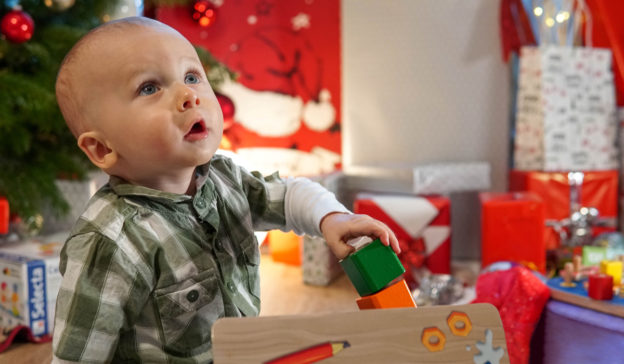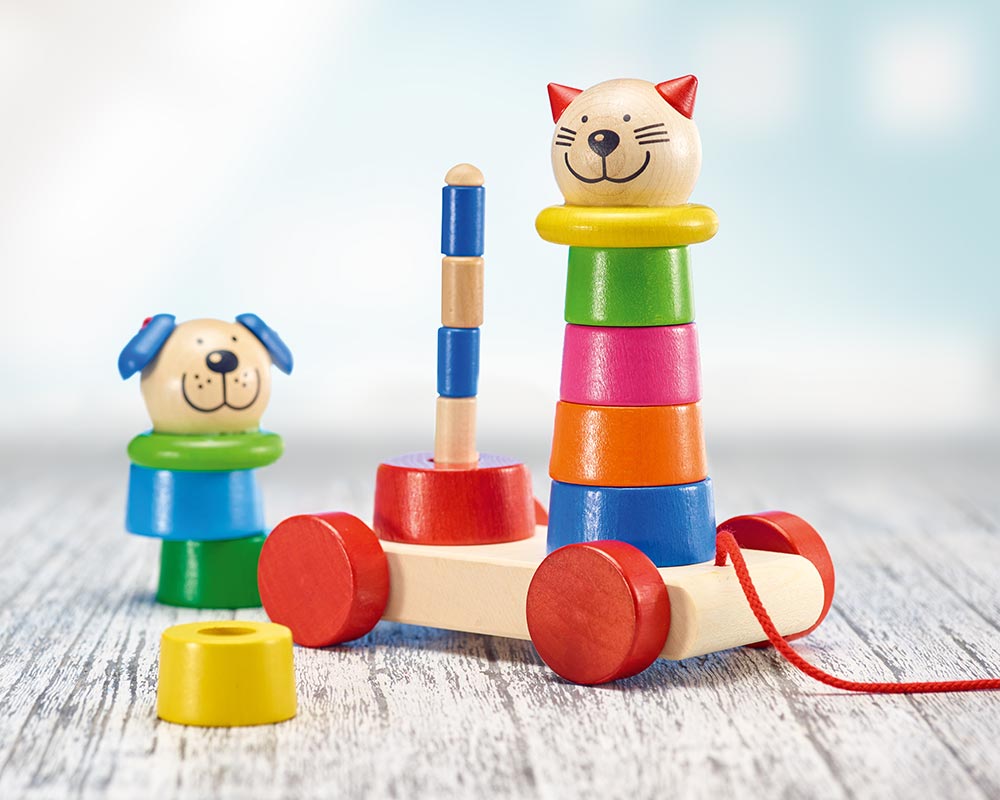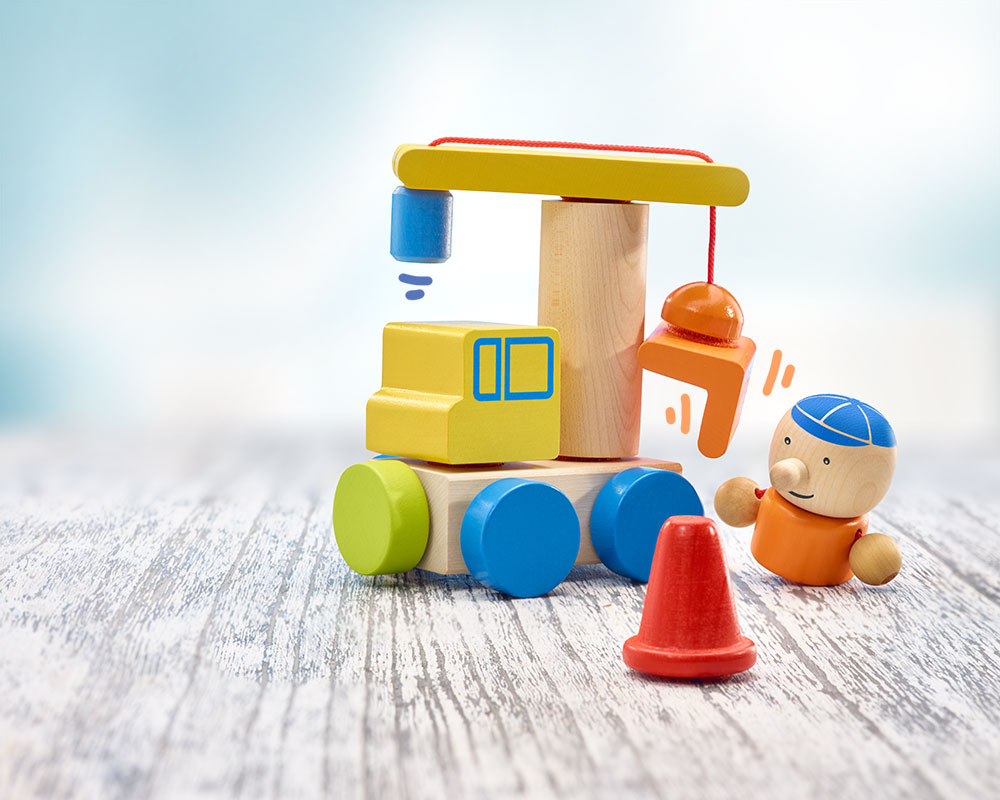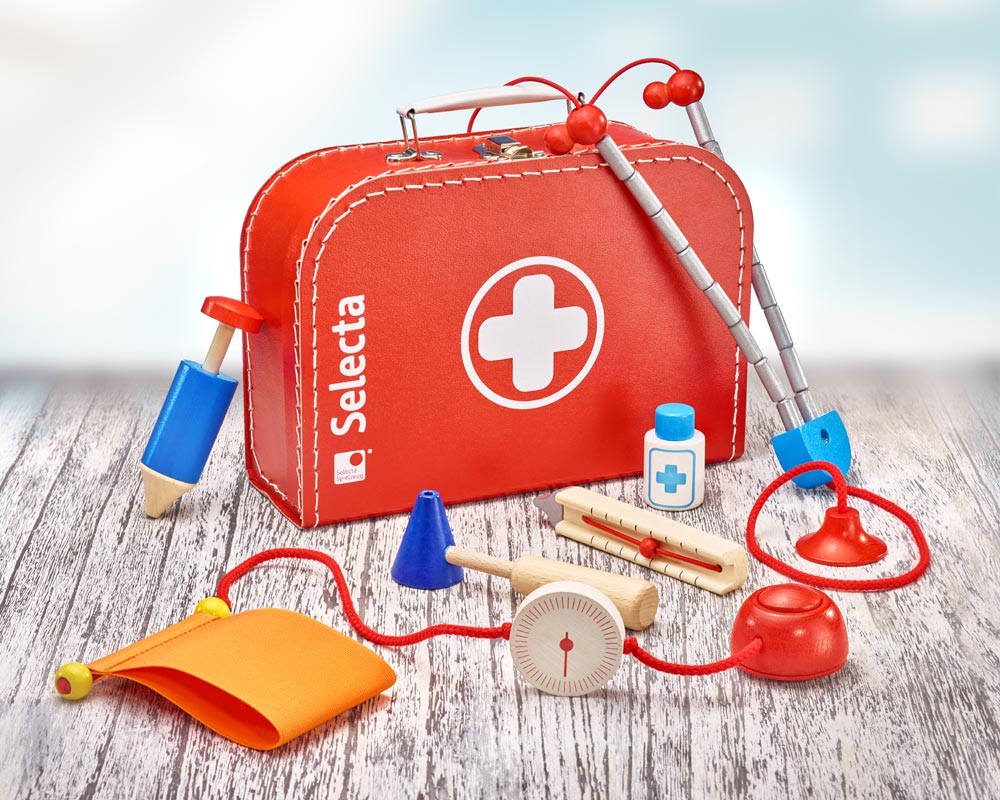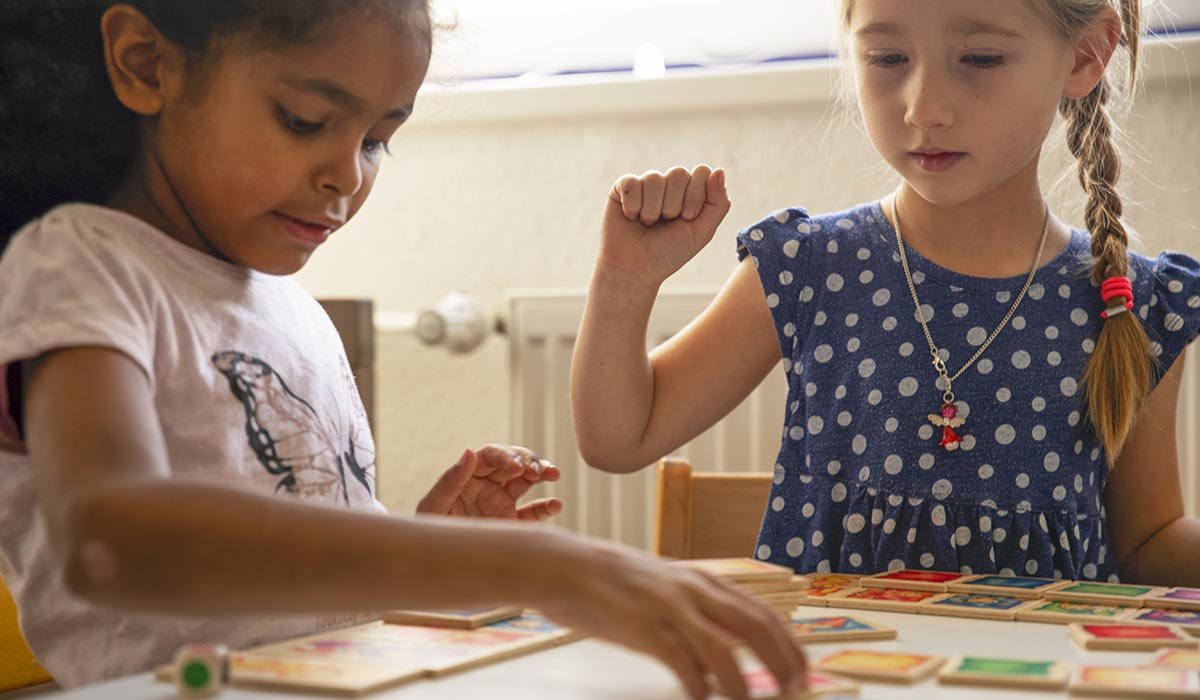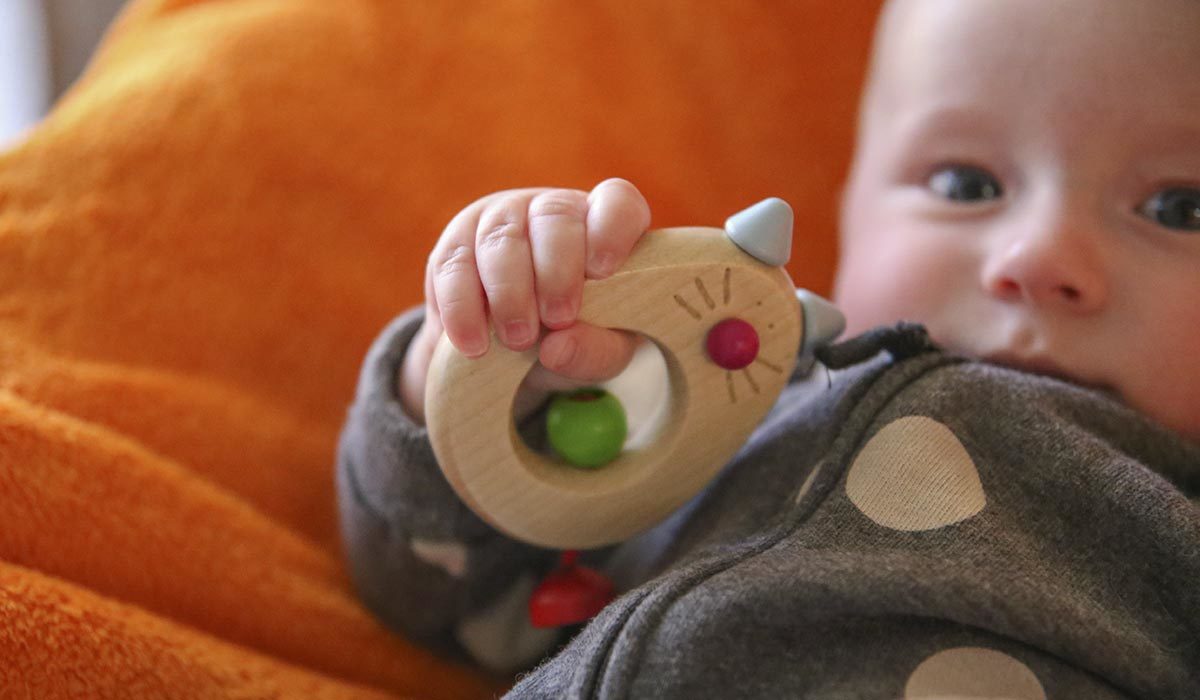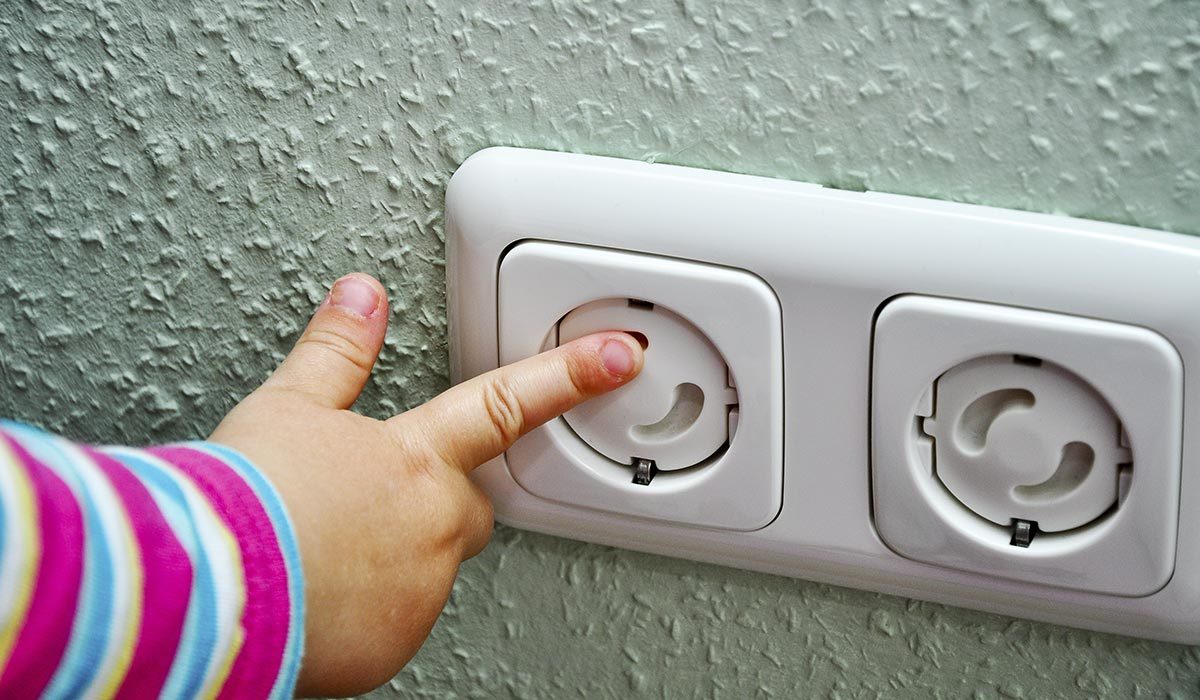Whether it is their birthday, Easter or Christmas, finding the right present for a young child is not easy; the range on offer is as confusing as it is diverse. The most suitable presents are toys that are not only fun but also as helpful as possible for the young child’s development. This is what you should bear in mind when making your choice.
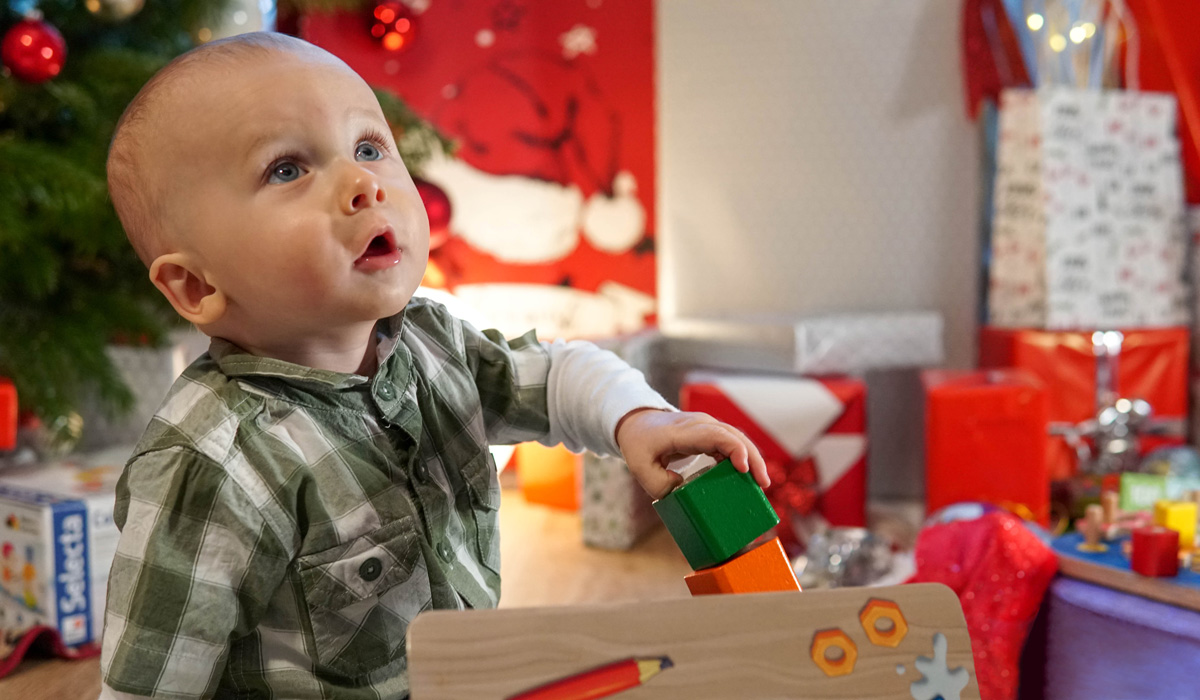
The right time to give a present
Giving young children presents that make them happy has a lot to do with good timing. Even if you have put a great deal of effort into your selection, it might be that the new toy is ignored. A young child can easily become overwhelmed, especially if they have received a lot of presents at the same time, or many guests have turned up to celebrate and offer their congratulations.
If you want the child to really appreciate your present, you should pick the right time to hand it over. Perhaps make arrangements with the other gift-givers so that the child is not subjected to a flood of presents. As a basic principle, it is better to give them a smaller number of carefully-selected items. And give the child time to explore their new things. A toy that is not greeted with instant joy might become extremely interesting later on.
Understand how young children play
Often, young children still perceive their environment as unstructured and mysterious. But they want to understand and conquer it. They assimilate new skills systematically and through play: walking and balancing; rolling balls; stacking building blocks on top of each other; climbing the stairs step by step; clambering onto a chair; eating with a spoon. Every child learns these things at their own speed.
Toys that support this process are those which offer plenty of variety and, through new stimuli, encourage children to explore and try things out in order to understand themselves and their environment better.
From 2 years old: the young child learns to play symbolically
The older the child gets, the more they use their own imagination when they play. Toys that help them to think and talk are ideal for this. Velcro stacking toys encourage toddlers to try things out and experience them. By playing together, parents can promote the child’s linguistic and motor skills.
From 3 years old: the first role playing games are tested out
Children learn through imitation. This is why young children slip into the roles of adults, fairytale characters and animals. As they get to know these roles better and better, the features of the roles are recognised and assigned. In addition, as the child negotiates the roles, they learn and consolidate social skills. This process can be encouraged by games that promote children’s understanding of roles and their powers of imagination.

